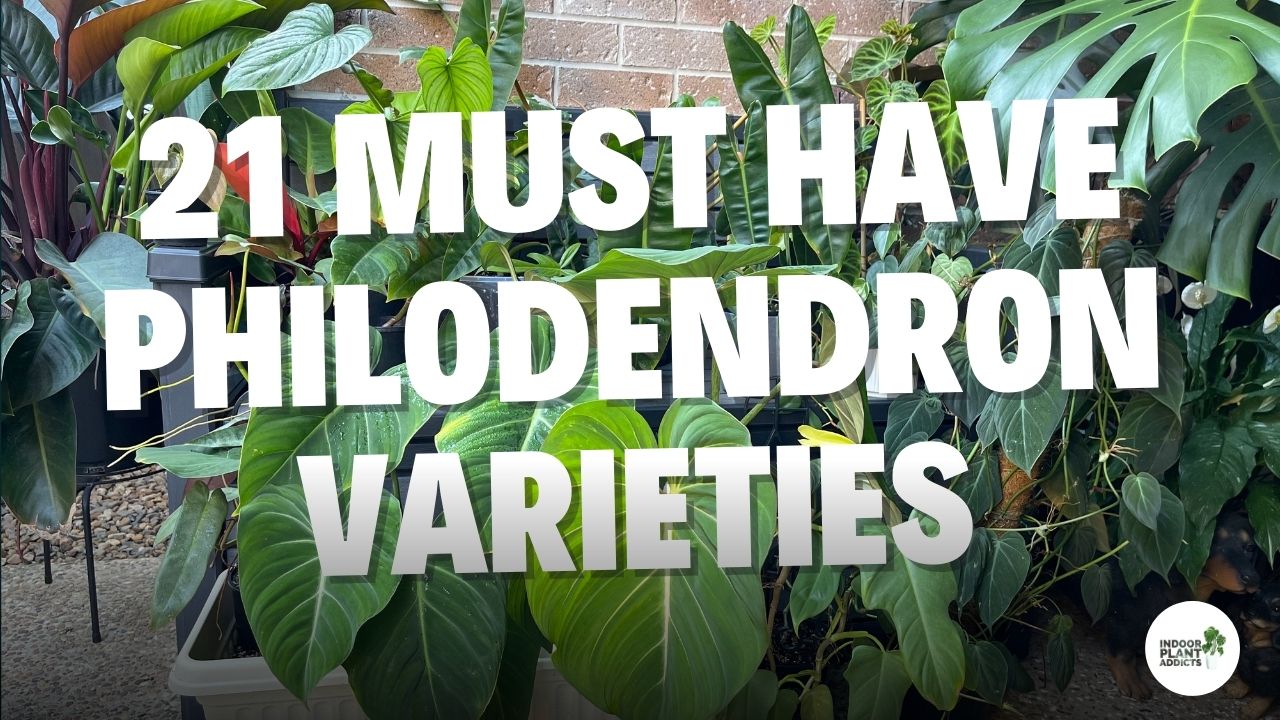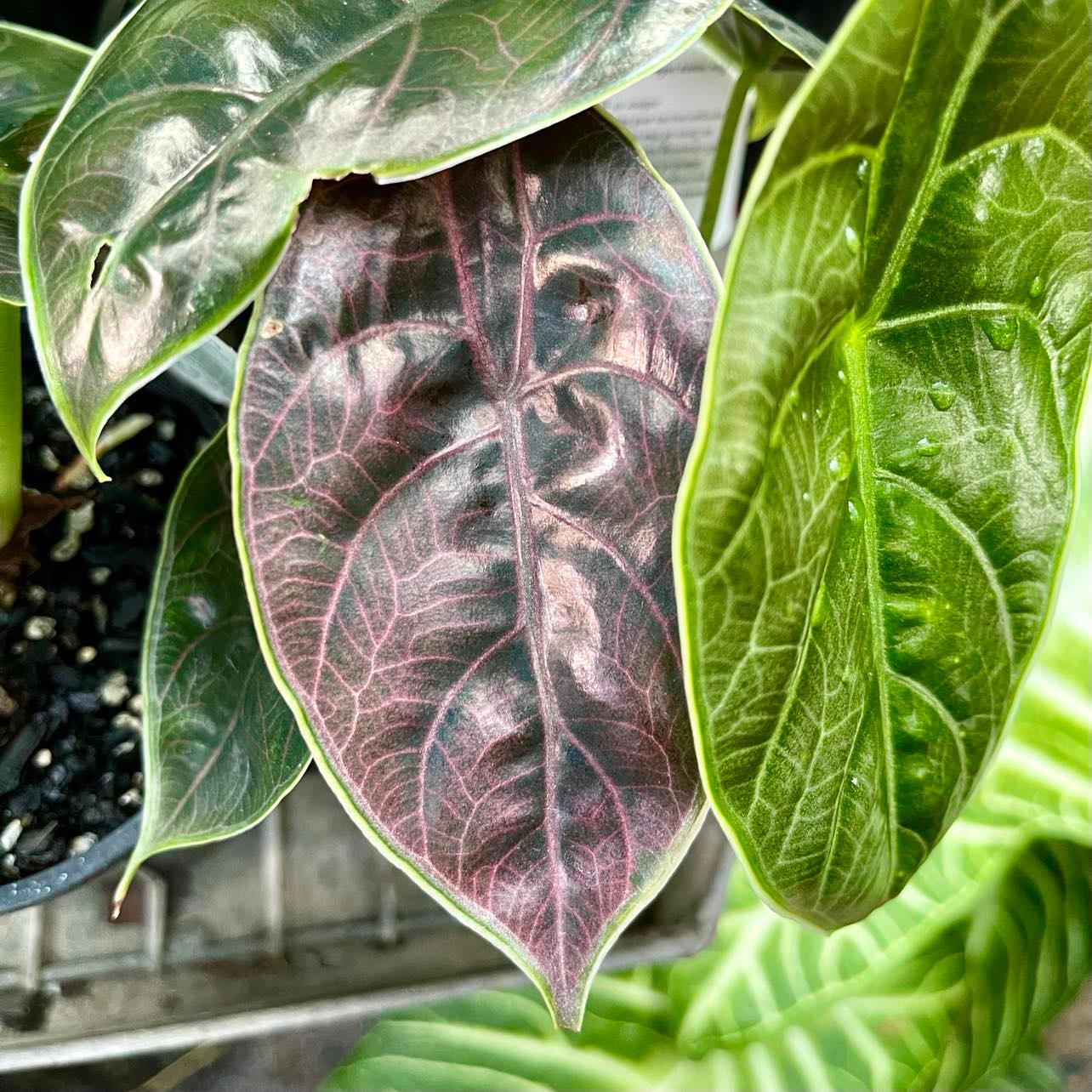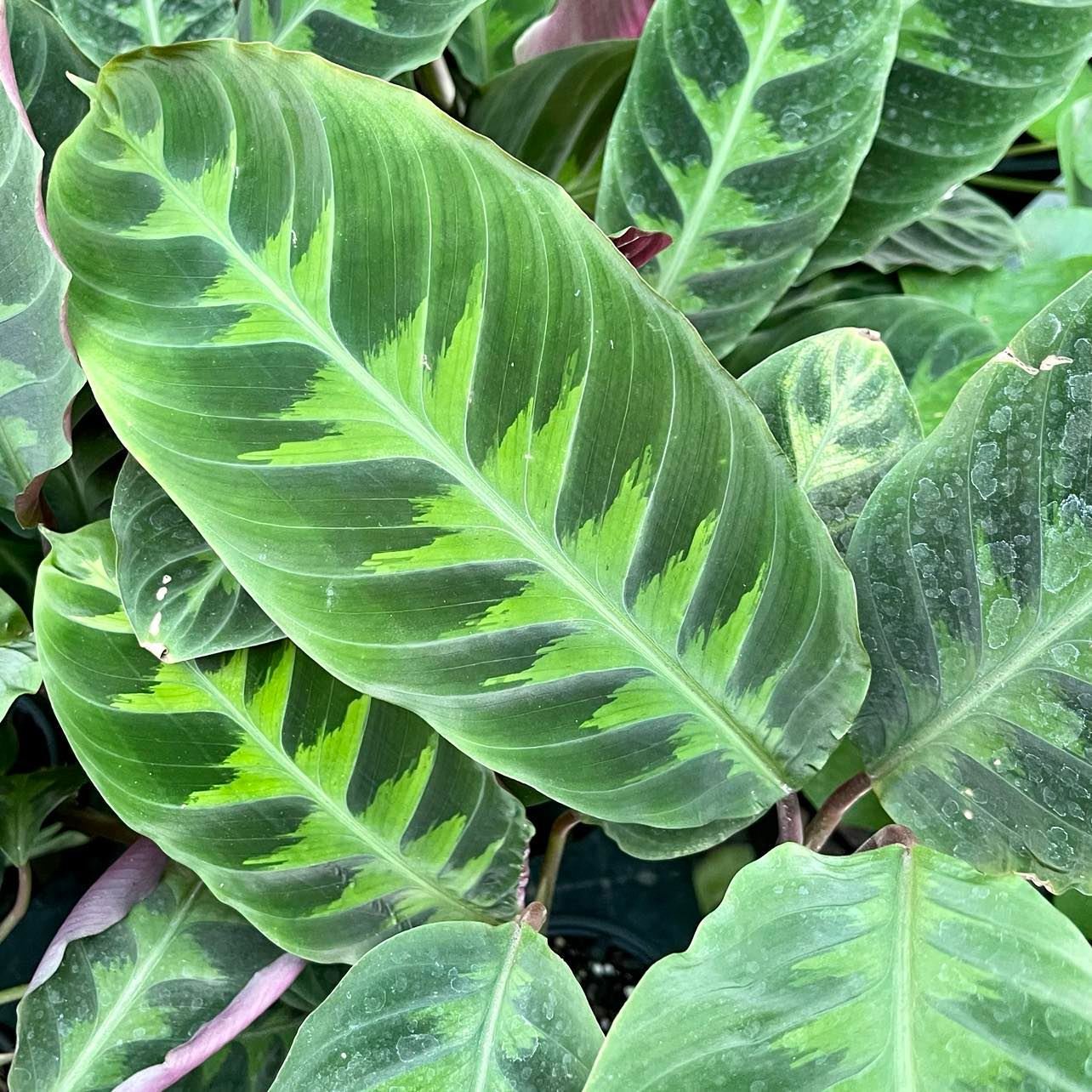Finding pests on your beloved house plants is one thing but finding Scale is another story. A Scale infestation will cover your whole plant if left untreated. These sap sucking insects suck the sap from your plants leaves, branches and stems and not only that, they have a hard shell to help protect themselves from predators. If you’ve found Scale insects on your house plants there’s no need to worry, they can be quite easy to get rid of and isn’t a death sentence for your plants.

Scale Quick Overview
| Identification | Round, oval or flat brown bumps/dots |
| Symptoms | Stunted growth, yellow leaves and brown pockmarks |
| Treatment | Horticultural oil, Neem Oil, Insecticidal soap, rubbing alcohol, spray pesticide and beneficial bugs |
What are Scale?
Scale insects will vary in colour, shape and size. Often they will be a round/oval shape and can come in a few different colours. The colours range from white, orange, brown and black. They are generally quite small, ranging from 1/16 to 1/8 inch long and unlike other house plant pests, they are immobile once they attach themselves onto the plant and begin feeding. If you find one, there’s bound to be more as they generally always appear in clusters.
Scale insects are divided into two groups, soft Scale and hard (armoured) Scale. The hard (armoured) Scale secrete a hard shell over their body. They live and feed under this and don’t move around the plant at all. The soft Scale secrete a waxy kind of substance over its body. This type of Scale can move a short distance around the plant but they often don’t. Soft Scale also produce an ample amount of honeydew whereas the Hard Scale don’t produce any.
Scale Life Cycle
Female adults lay their eggs underneath their protective shell and the eggs hatch in about one to three weeks. After those few weeks, the newly hatched nymphs (aka Crawlers) leave the protective shell and move around the plant (or migrate to another plant) until they find a suitable feeding area. The nymphs then pierce into the plant and begin feeding, gradually growing their own protective shell until they become immobile adults. Scale don’t pupate and can have many overlapping generations a year.
Many species of male Scale develop wings when they’re adults and look almost like tiny gnats. The males aren’t often seen and don’t feed on plants. Females can reproduce without a male.
Where do Scale come from?
Scale insects can come from a new plant you’ve bought home from a nursery, plants that you have brought back inside from being outside or if you’ve had your plant outside. They can even be hiding on produce or flowers that you have bought inside from the garden or from the store. They can even be in contaminated or old potting soil that you may have used to pot up a plant.
To avoid starting any unwanted pest infestations, you should isolate and check new plants for pests before you put them in with your collection. Always check the underside of the leaves, stems, branches and new growth for any unwanted pests.
Damage caused by Scale
Damage caused by Scale generally happens quite slowly depending on the level of the infestation. Things to look out for is stunted growth, yellowing leaves and brown pockmarks. Infected plants may also experience leaf drop.
If you notice any of your houseplants with any of these issues, it’s time to check them immediately in case of a Scale infestation. Checking your plants regularly will also help to find any unwanted pests and treat them before they can take over your house plants.
How to get rid of Scale
Since adult Scale have a hard protective layer, getting rid of them can be a little bit tricky. They also have the ability to develop a resistance to chemical pesticides if they’re exposed to them on a daily basis. Using an organic control method is better for the environment and for eliminating Scale.
Organic Control
The first thing you should do if you find Scale on one of your houseplants is to isolate it and check all surrounding plants. You should start treating your plants straight away.
Rubbing Alcohol
One way to get rid of Scale is by using a cotton swap that has been dipped in rubbing alcohol. Dabbing them with rubbing alcohol will kill them and dislodge them from the plant. This is a lot easier to do if the infestation is only small.
Rinse the Plant
Rinsing the plant will help to eliminate any of the nymphs and smaller scale that may be hiding in spots that you can get into. This will also help to wash away any of the adults you may have picked off but have fallen onto a different part of the plant. Be careful that you don’t over-water your plants in the process.
Insecticidal Soap
You can use a pre-mixed insecticidal soap from a store or you can make your own at home. To make it at home, mix 1tsp liquid soap with 1 litre of water.
When spraying for Scale, be sure to spray directly on the affected leaves to kill them. You should also spray all other leaves, new growth and the gaps where new growth grows from to eliminate any that may be hiding. Continue treatment every few days. You should also remove as many of the adults as you can.
Neem Oil
One of the most popular insecticides people like to use is Neem oil. It’s a natural insecticide that will also discourage new Scale infestations on your plant. You can either buy a Neem oil concentrate that you mix with water or a Neem oil that is already ready to use.
Spray the leaves and stems of the plant with the solution and it will kill them on contact and others will die when they try to feed on the Neem oil covered leaves.
Beneficial Bugs
Beneficial bugs are also a great way to treat and prevent pest infestations. There are a few bugs that will eat Scale and some other common pests like Spider Mites. Soldier Beetles, Parasitic Wasp, Lacewing and Lady Bugs are just a few that will happily eat and get rid of Scale for you.
Pruning Affected Plant
If the Scale infestation is large, pruning off any affected leaves and branches will be easier and faster at eliminating them quicker. Be sure not to compost any affected leaves or branches.
Prevention
There are a few things you can do to try and prevent any other Scale infestations. These are:
- Check new plants for pests or isolating new plants for up to a week.
- Check your plants regularly for pests.
- Trim off any dead or dying leaves.
- Wipe down leaves if you notice them getting dusty.
- Keeping your plants healthy. A healthy plant will be able to handle an infestation better than those that aren’t as happy.
- Isolate any plants that have pests.
Following these steps will help to avoid any unwanted pest infestations in the future.




